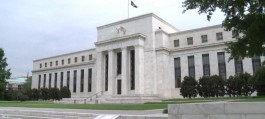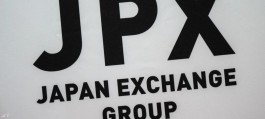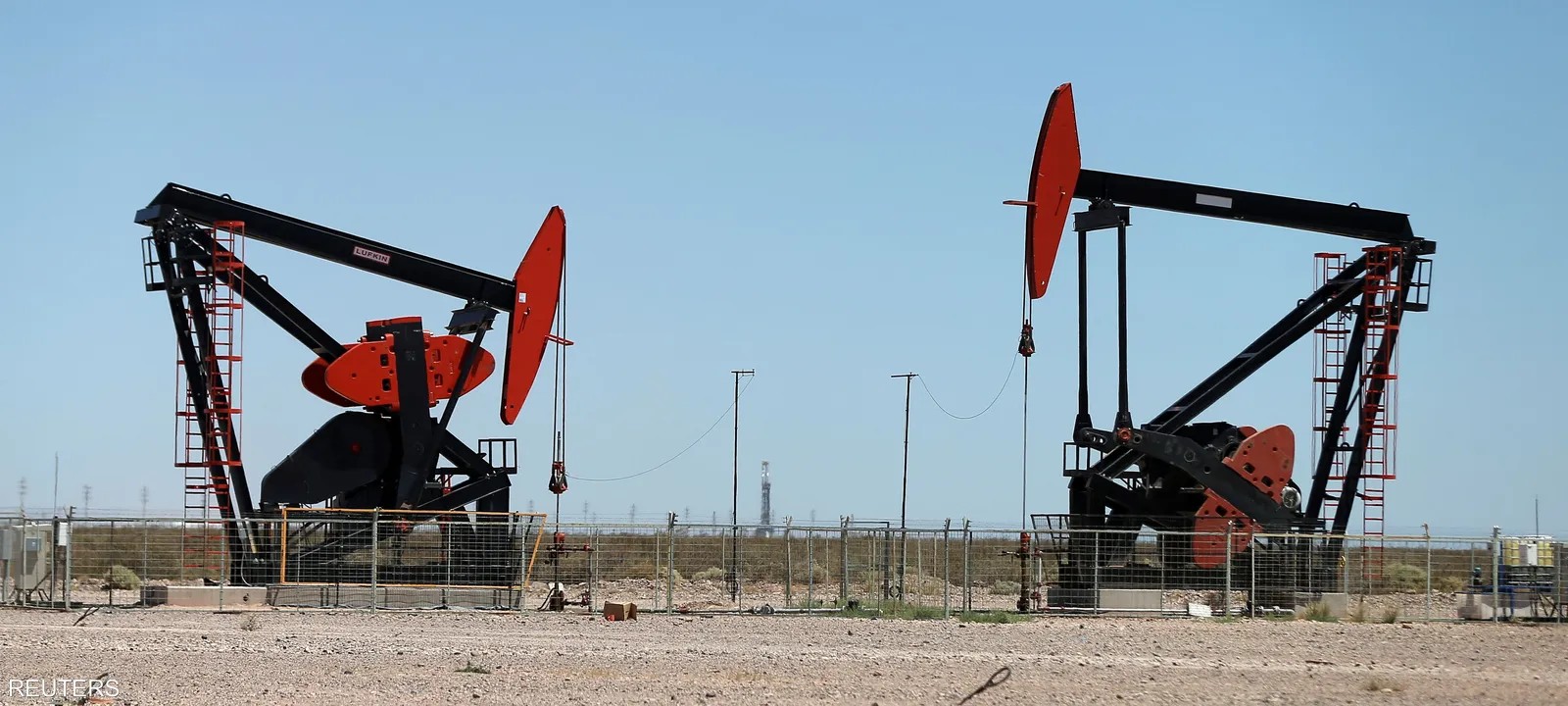Oil prices extended gains in early Asian trading on Monday on concerns that escalating tensions in the Middle East could disrupt regional oil supplies, while impending U.S. interest rate cuts boosted the global economic outlook and fuel demand.
price movement
Brent crude futures rose 37 cents, or 0.5 percent, to $79.39 a barrel by 2300 GMT, while U.S. crude futures rose 36 cents, or 0.5 percent, to $75.19 a barrel.
In one of the largest clashes in more than 10 months of cross-border fighting, Lebanon's Hezbollah group fired hundreds of rockets and drones into Israel on Sunday, and the Israeli military said it struck targets in Lebanon with about 100 aircraft to thwart a larger attack.
The escalation raises fears that the fighting in Gaza could turn into a wider war in the region, dragging in Iran, which supports Hezbollah, and the United States, Israel's main ally.
“Israel’s preemptive strike on Lebanon over the weekend to prevent an imminent attack by Hezbollah could ensure higher oil prices this morning as WTI crude looks to extend its initial recovery to $77.50,” Tony Sycamore, market analyst at IG, said in a note....
Crude oil prices rose more than 2 percent on Friday after Federal Reserve Chairman Jerome Powell backed interest rate cuts soon.
Analysts at ANZ Bank said in a note that the prospect of monetary easing has boosted sentiment in the commodity market, adding that they expect the Federal Reserve to implement a gradual series of interest rate cuts.
However, oil prices fell last week as weak outlooks for major economies weighed on fuel demand, the bank added.
The US Department of Energy said on Friday it had purchased nearly 2.5 million barrels of oil to help replenish the Strategic Petroleum Reserve.
The number of oil rigs operating in the United States remained unchanged at 483 last week, Baker Hughes said in its weekly report.







































